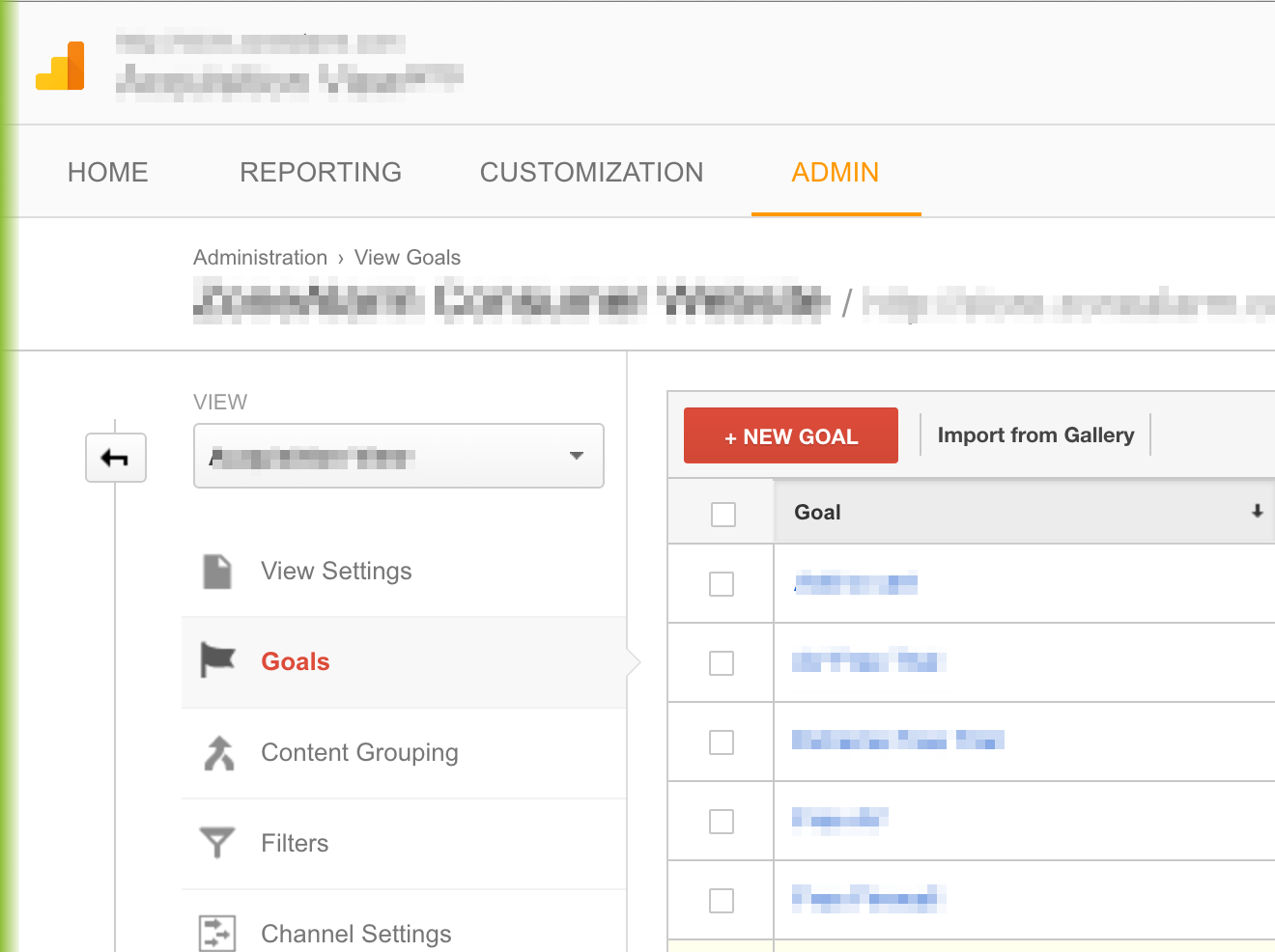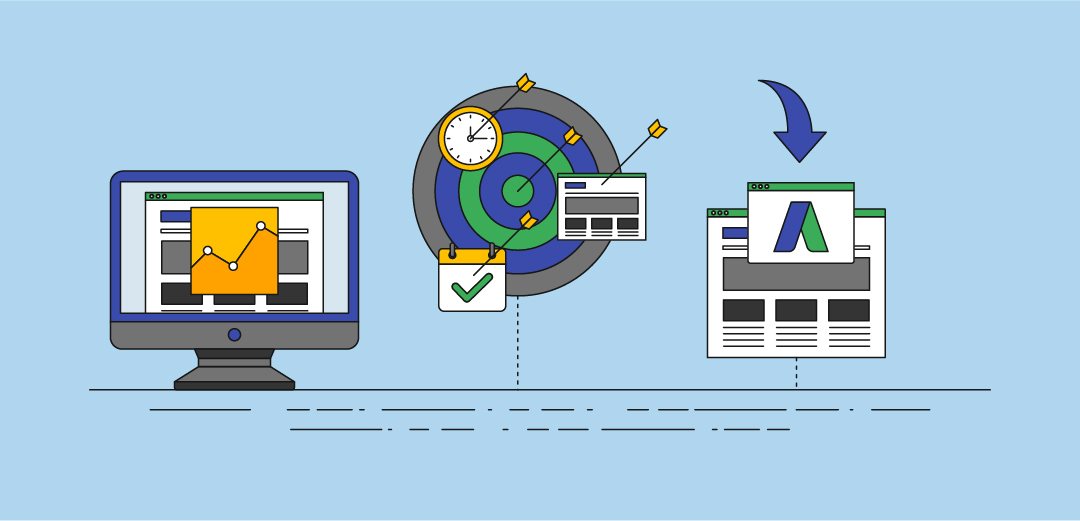Recognizing What Data Is Google Analytics Goals Unable to Track
Recognizing What Data Is Google Analytics Goals Unable to Track
Blog Article
Discover the Limitations of Google Analytics Goals: Introducing the Information Types That Remain Untrackable
As services significantly count on data-driven decision-making, recognizing the limitations of devices like Google Analytics comes to be extremely important. While Google Analytics Goals offer valuable understandings into user communications, there exist data kinds that avoid monitoring, presenting difficulties to a thorough understanding of customer behavior. These untrackable information kinds elevate questions regarding the accuracy and completeness of the analytics data that companies heavily trust for their digital approaches. Curious to discover the concealed unseen areas in your data analysis process?
Insufficient Customer Trip Tracking
Insufficient customer trip monitoring within Google Analytics can hinder the capacity to properly assess customer actions. When the user journey is not completely tracked, there are gaps in the information that protect against a detailed understanding of how individuals connect with a web site. This lack of insight can result in missed out on chances for optimization and renovations to the individual experience.
One common problem with incomplete user trip tracking is the lack of ability to see the full course that customers take in the past finishing a goal or leaving the website. Without this info, it is challenging to identify where customers may be running into barriers or friction factors that stop them from converting. Additionally, insufficient tracking can cover the influence of certain advertising initiatives or internet site modifications on customer actions.
To resolve this limitation, it is essential to establish appropriate tracking mechanisms within Google Analytics to capture the entire user journey. This may entail establishing occasion monitoring, goal funnels, or utilizing tools like Google Tag Manager to make sure that no vital communications go unrecorded. By acquiring a detailed sight of the individual journey, site proprietors can make more enlightened choices to enhance individual interaction and drive conversions.
Acknowledgment Challenges
Navigating via attribution difficulties in Google Analytics needs a thorough understanding of how various touchpoints contribute to the overall conversion process. Attribution difficulties occur from the complexity of contemporary client trips, where individuals interact with several channels prior to converting.
One usual attribution challenge is the problem in connecting conversions to the proper resource, specifically in situations where individuals engage with multiple channels prior to transforming. Additionally, cross-device monitoring positions an additional acknowledgment difficulty, as users commonly change in between tools throughout their journey, making it challenging to track their interactions seamlessly.
Offline Conversions
Given the difficulties connected with associating conversions properly in online networks, the measurement of offline conversions offers a considerable chance for online marketers looking for a much more detailed understanding of their customers' journey. Offline conversions refer to actions that consumers take in the physical world, such as making purchases in brick-and-mortar stores or over the phone, attending occasions, or engaging with printed products - what data is google analytics goals unable to track. These conversions are crucial for businesses that operate both online and offline, as they give valuable understandings right into the efficiency of advertising projects throughout various touchpoints
Tracking offline conversions typically positioned a considerable challenge for marketers, as it was testing to connect these activities back to particular on the internet interactions precisely. However, with advancements in modern technology, such as the combination of CRM systems, one-of-a-kind identifiers, and promo code codes, companies can currently bridge the click to find out more void between online and offline information to obtain a more all natural sight of consumer habits. By efficiently gauging offline conversions, marketers can optimize their methods, allot resources more effectively, and inevitably improve the overall consumer experience.
Cross-Device Tracking
Cross-device tracking plays a crucial function in understanding the interconnected nature of customers' digital interactions across multiple tools. In today's omnichannel globe, where users perfectly switch over between smart devices, desktops, and tablet computers, tracking their behavior across these gadgets is crucial for online marketers to get a comprehensive view of their client trip.

Moreover, privacy issues and regulations such as GDPR and CCPA have further difficult cross-device tracking. With individuals demanding even more control over their data and enhanced restrictions on monitoring modern technologies, marketing experts must locate ingenious and privacy-compliant means to connect individual interactions across devices.
Dynamic Web Content Interaction
Understanding customer interaction with vibrant content is critical in maximizing electronic advertising strategies for boosted target market communication. Dynamic material refers to site components that transform based upon user actions, preferences, or other variables, supplying a customized experience. Tracking user communications with dynamic material postures obstacles for traditional analytics tools like Google Analytics.
While Google Analytics can track basic communications like clicks and web page sights, it may struggle to catch more nuanced interactions within dynamic material. what data is google analytics goals unable to track. Metrics such as time invested in certain vibrant aspects, hover activities, or communications within browse this site pop-ups are commonly not easily measurable making use of basic monitoring techniques. This limitation prevents marketing professionals' ability to completely understand exactly how individuals are engaging with dynamic content and tailor their strategies as necessary

Verdict
To conclude, Google Analytics objectives have restrictions in tracking incomplete customer trips, associating conversions precisely, recording offline conversions, tracking cross-device communications, and determining vibrant material engagement. These restrictions highlight the relevance of checking out extra tracking methods and devices to get a much more thorough understanding of individual actions and conversions past what Google Analytics can provide.
While Google Analytics Goals deal useful insights right into individual communications, there exist data types that thwart monitoring, positioning obstacles to an extensive understanding of customer behavior.Insufficient individual journey tracking within Google Analytics can impede the ability to precisely evaluate user habits. When the individual trip is not completely tracked, there are voids in the information that protect against a detailed understanding of exactly how users communicate with a website.One usual problem with insufficient individual journey monitoring is the failure to see the full course that users take previously finishing a goal or leaving the site. By getting a detailed view of the customer trip, site proprietors can make even more enlightened decisions to enhance individual involvement and drive conversions.
Report this page